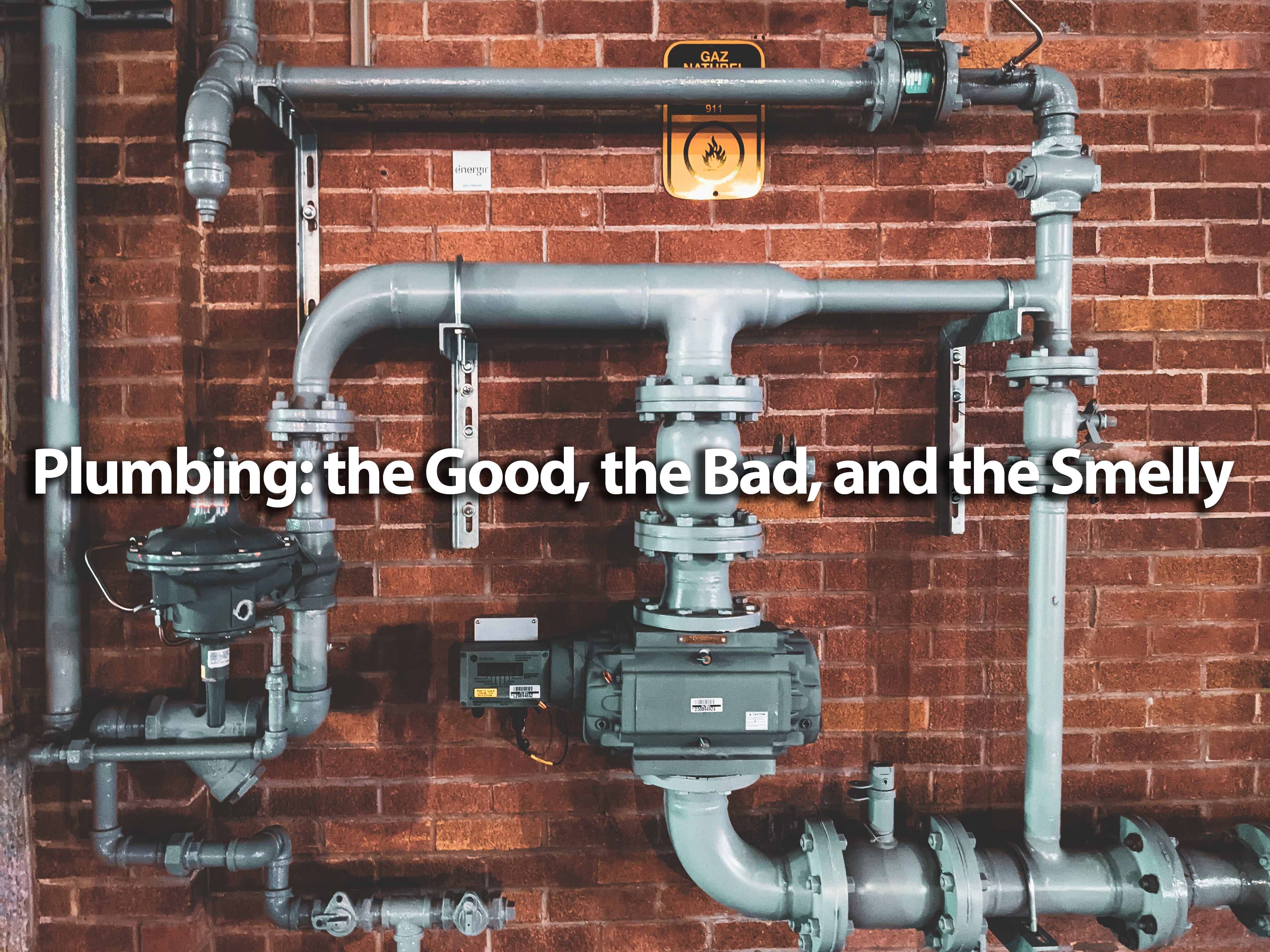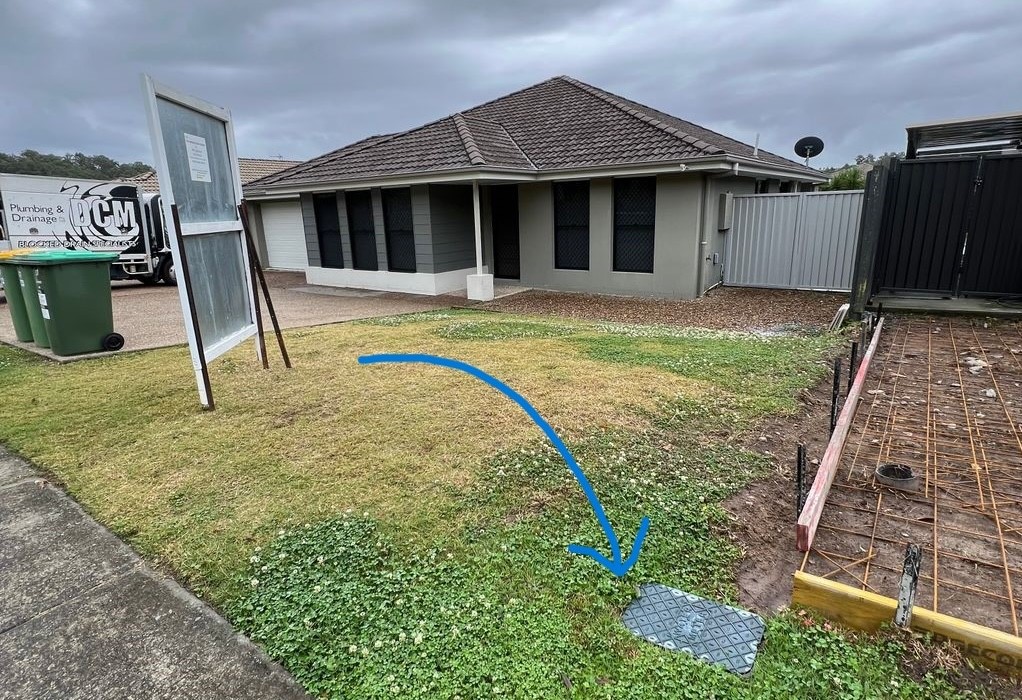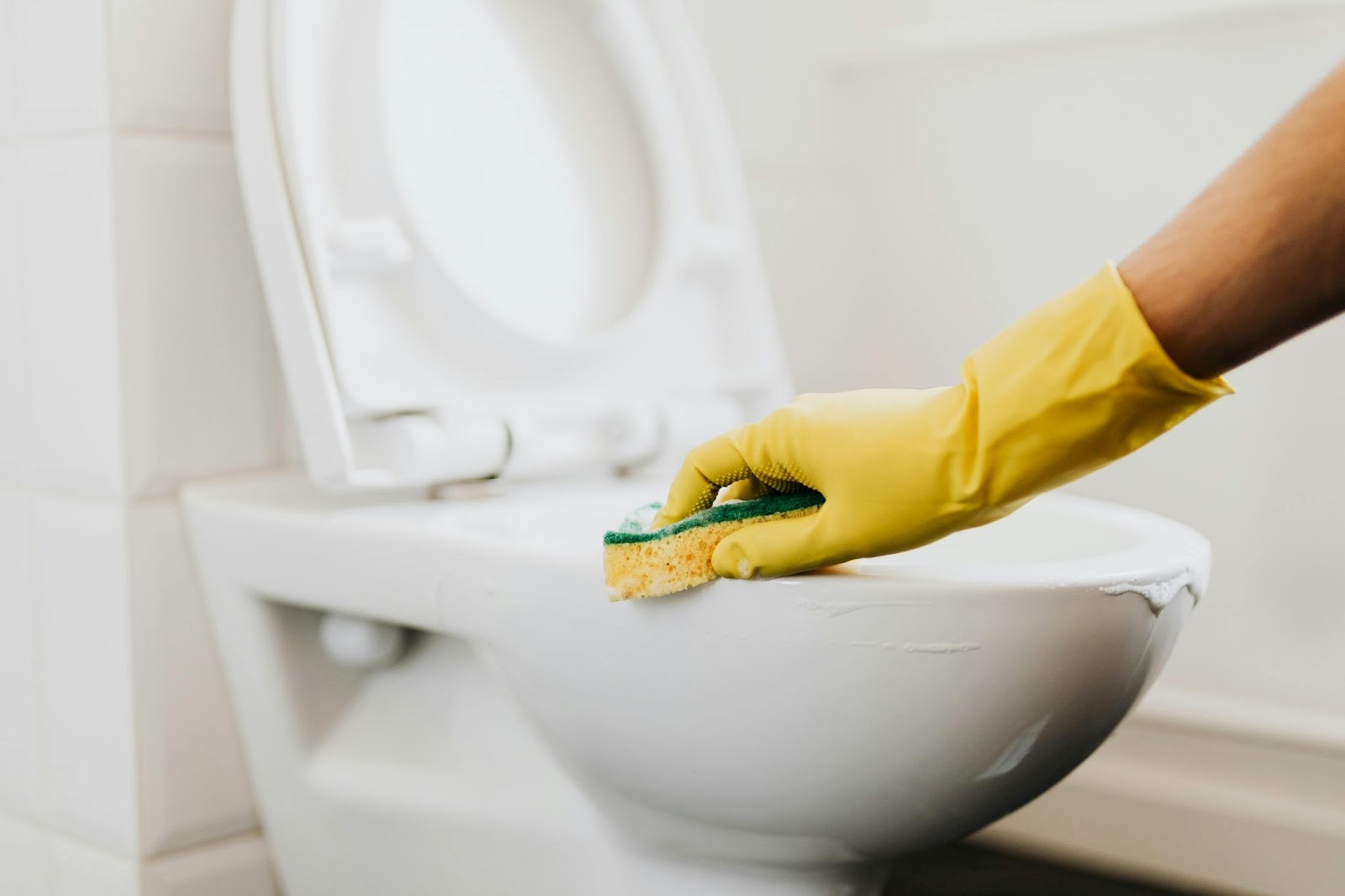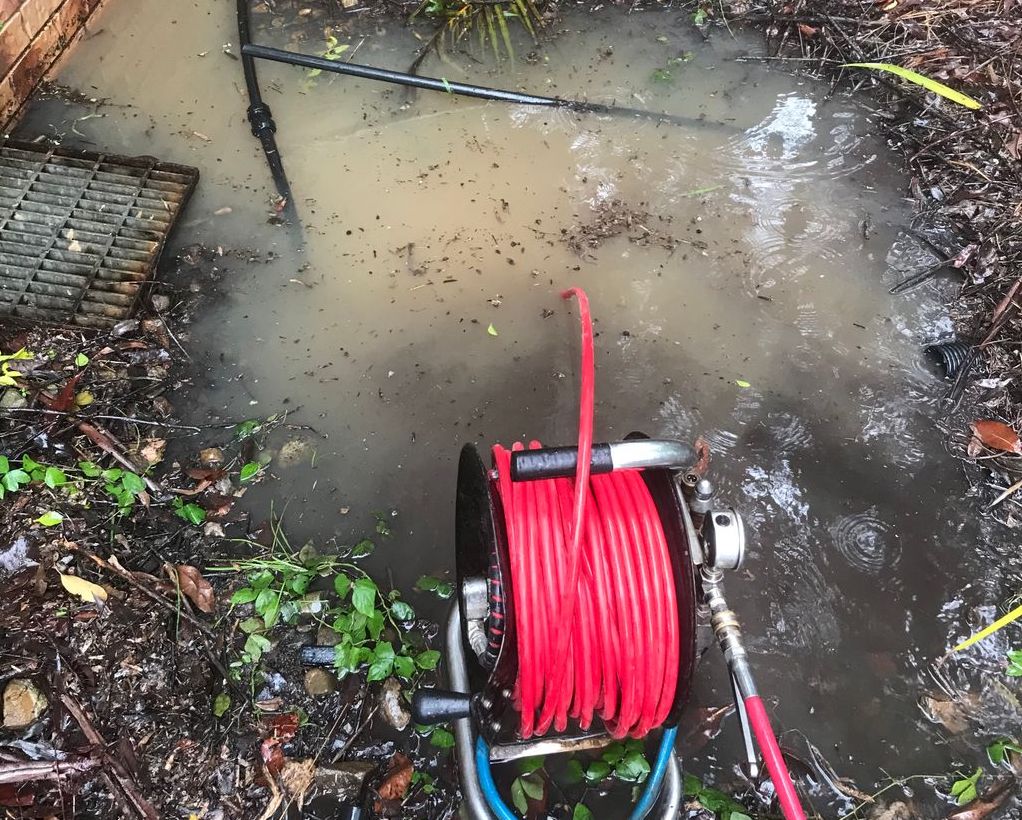Join us as we look at the fascinating history of plumbing; the good, the bad, and the downright smelly.
Plumbing is an often overlooked and almost universally underappreciated facet of modern life.
Before modern plumbing was invented, many diseases were spread via the improper disposal of human waste as well as contamination of drinking water. In fact, many believe that a key method of transmission of the Black Death – the epidemic that occurred between 1346-1352 and killed one-third of all Europeans at that time – was the improper disposal of bodies in rivers, contaminating water supplies. And if you think that poor plumbing and sanitation stop there, you are sadly mistaken. About 35% of the world population today still has no access to clean and safe toilet facilities – 14% simply still relieve themselves in the open.
Some aspects of the history of plumbing are incredible. Others are warning signs of what might happen should our modern plumbing infrastructure ever fail. As plumbers, we take great pride in doing our part for the community by ensuring that everyone has access to clean water in their homes! Join us as we delve into the nitty-gritty of the history of plumbing.
A Brief History of Plumbing
Let’s take a look at a few of the significant milestones in the history of plumbing.
Water wells: the first examples of plumbing

The history of plumbing is long and complex, but the earliest known examples are generally agreed upon to be water wells.
In fact, there are water wells in Cyprus that have been dated back to 7,000-8,500 BC – that’s 9,000 to 10,500 years ago! These marvels of early plumbing were dug straight into the earth and had grooves carved into the side walls in order to allow those constructing them to climb in and out.
The elegant engineering of aqueducts

Aqueducts are one of the key tenets in the history of plumbing. They are an incredible achievement of engineering achieved during the Roman Empire over 2000 years ago. They were used to transport fresh water from sources like lakes and springs to highly populated areas for drinking, irrigation, and public fountains and baths, and are some of the earliest examples of large-scale, complex plumbing.
The Roman aqueduct system was built over the course of 500 years and covered an extensive network across their territories in modern-day France, Spain, Greece, North Africa, and Turkey. Aqueducts were made up of pipes, tunnels, canals, and bridges, which utilised gravity and natural slopes to transport water.
The aqueducts were constructed using public and private funds and high-ranking rulers often had them built. The most recognisable features of the aqueducts are the bridges built with rounded stone arches. Not many aqueducts are still functioning today but the Aqua Virgo, constructed in 19 B.C.E., still supplies water to the famous Trevi Fountain!
Now the next part of plumbing history is one of the most well-documented and important to modern-day life. Let’s take a look at the history of the toilet.
When was the toilet invented?
While many associate the invention of the modern toilet with Thomas Crapper (yes that was his real name and his business is still alive and well today!), the first toilet was invented far earlier – thousands of years earlier in fact.
The first toilets

Some of the earliest examples of toilets were in ancient Mesopotamia around 5000-6000 years ago, in what is modern-day Iraq. These toilets were little more than a pit on which people could sit. While they aren’t quite the porcelain thrones we are accustomed to today, they still would have provided some separation between residents and their waste, potentially reducing the likelihood of the spread of diseases. But they were not very popular, with only around 1 in 5 households in Mesopotamia having access to them!
For another example, we travel to the remote island of Mainland, Northern Scotland. Here lies a settlement known as Skara Brae. This ancient settlement of ten houses features what many believe to be some of the first toilets. Each home had a small drain that fed into a larger system that then ran into the ocean. Residents would flush by pouring a pail of water down their personal drain. And all of this 5000 years ago!
From there we move on to Ancient Greece and Rome where more large-scale toilet plumbing systems have been discovered.
Latrines
In Classical Greece (about 2,500 years ago), we see the first instances of public latrines. These were essentially large rooms with bench seats that sat over the running water of public sewer ways. Around this time we also see more widespread examples of personal toilets in people’s homes (at least, if you were well-off…).
Then, we get to the ancient Romans – these famously innovative people loved a good latrine. In around the first century BC (just over 2,000 years ago), the Romans began adopting large public latrines that were fairly similar to those found in Greece. They were large stone or wood benches with slits cut into them, sitting over public sewer ways with running water. Some believe these ancient toilets even had toilet brushes to help you clear away your mess! Personal toilets did not have the luxury of running water, however, as they were just pits in one’s home. They were also used for getting rid of food scraps and would be emptied into the public sewer system once filled, or dumped in fields out of town.
The next steps
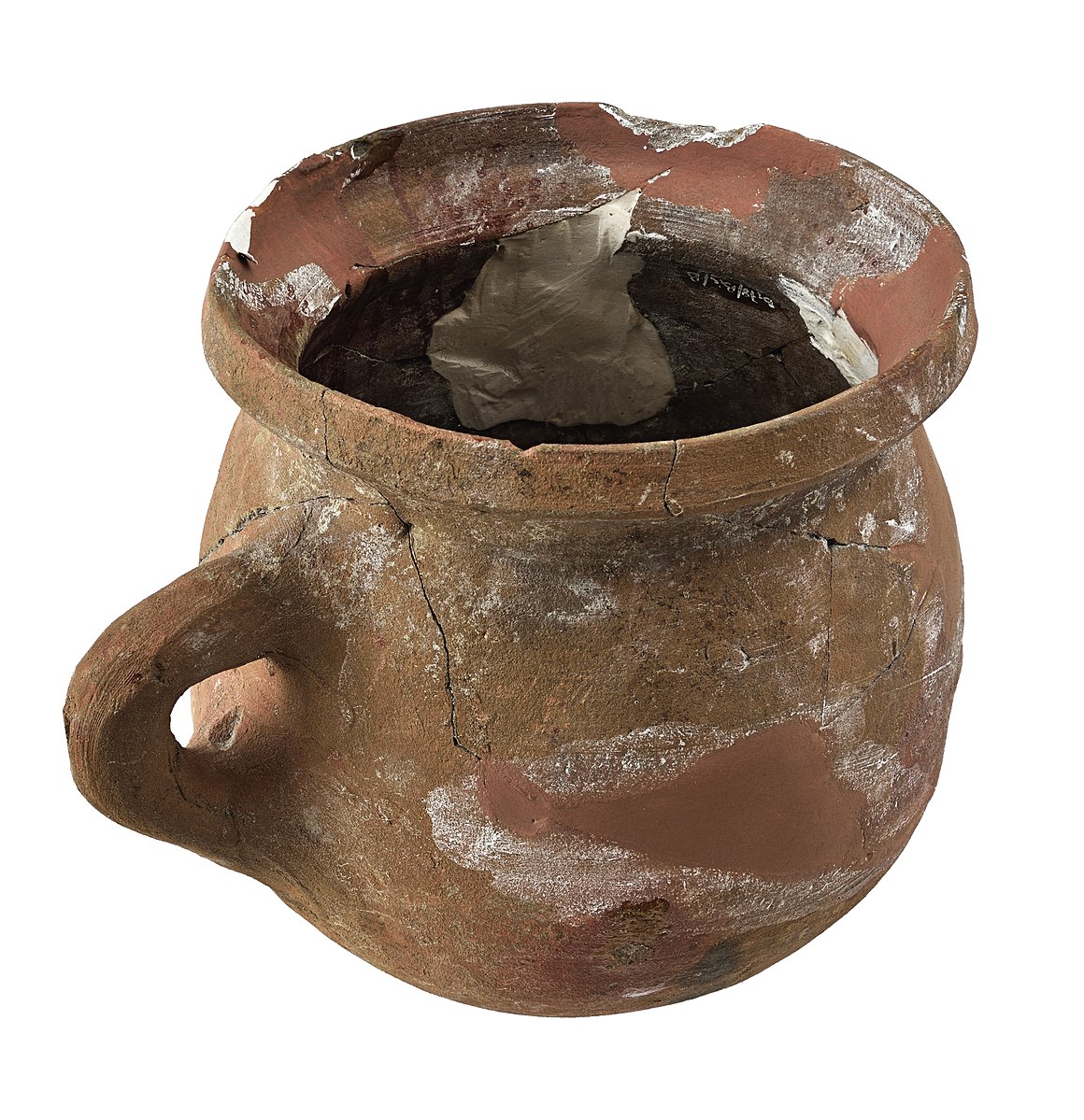
After the development of these somewhat primitive yet remarkably inventive toilets, the world fell into a lull in regard to the advancement of plumbing. In fact, in the mediaeval period (1066-1485), most of the population would have had far less access to toilets with running water than the Romans and Greeks. The most common method of waste disposal in mediaeval times was simply to fill up a chamber pot and chuck it out the window (with or without a cursory glance to check that no one was walking below at the wrong moment!). There were laws put in place to prevent people from doing this, but most would rather slosh it out of the window than walk to the nearest river to dispose of it (which had problems of its own…). Yuck!
The wealthy during the mediaeval period made use of what are known as ‘garderobes’.
Garderobes
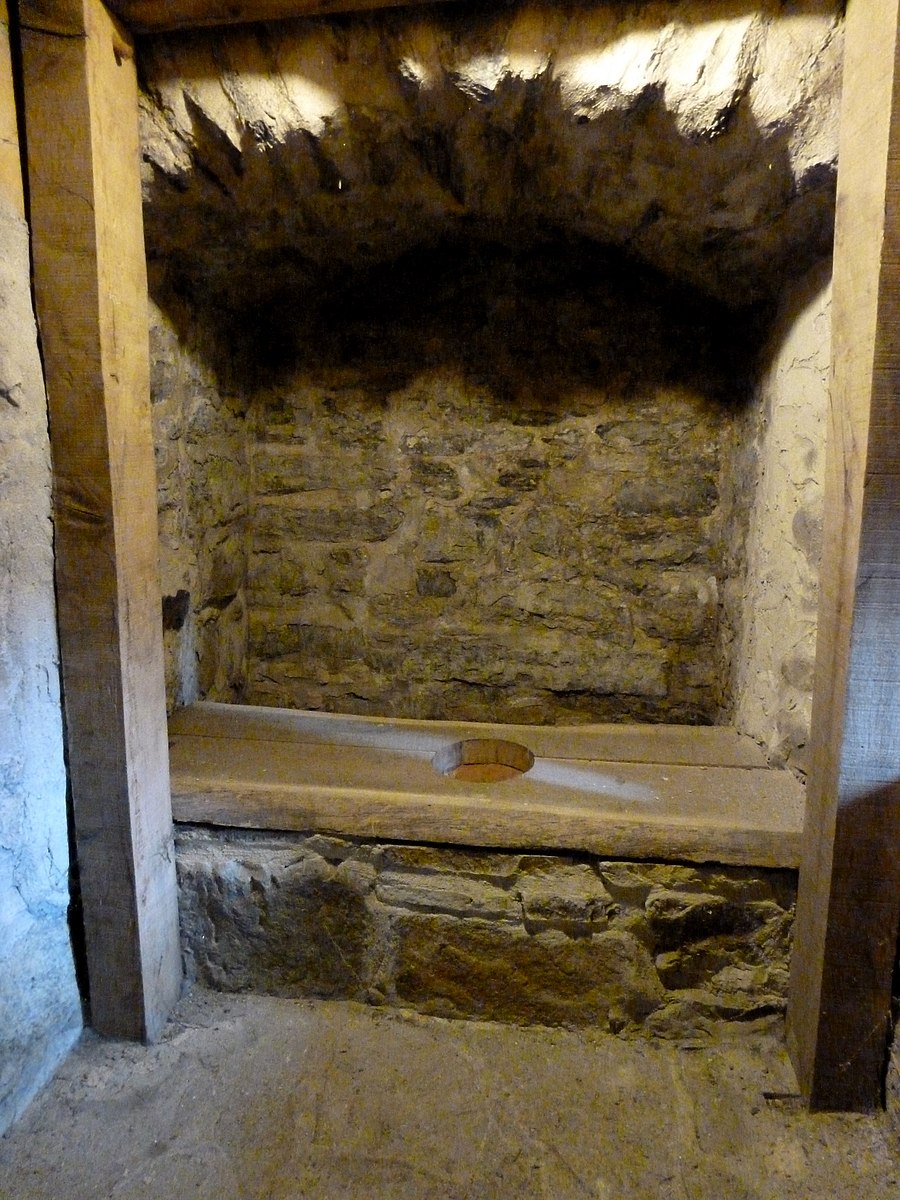
The word “garderobe” comes from the French word ‘garder,’ meaning to keep, and ‘robe’ as in clothes. Garderobes were medieval toilets that were also used to store clothes, as the strong smells from human waste and the ammonia from urine helped keep fleas away (a nice medieval life hack for you!).
Garderobes had several alternative names, such as privy, draught, and gong. The people responsible for cleaning and emptying the waste produced by garderobes were called gong farmers – and they were quite well paid for the work.
Garderobes were kept as far away from living spaces as possible, often with double doors to reduce the smell. Chutes often led to the castle moat for the waste to accumulate for the gong farmers to clean. Iron bars were eventually added to prevent attackers from entering the castle through these chutes (imagine being the first to find out these bars were necessary!).
The first toilet flush
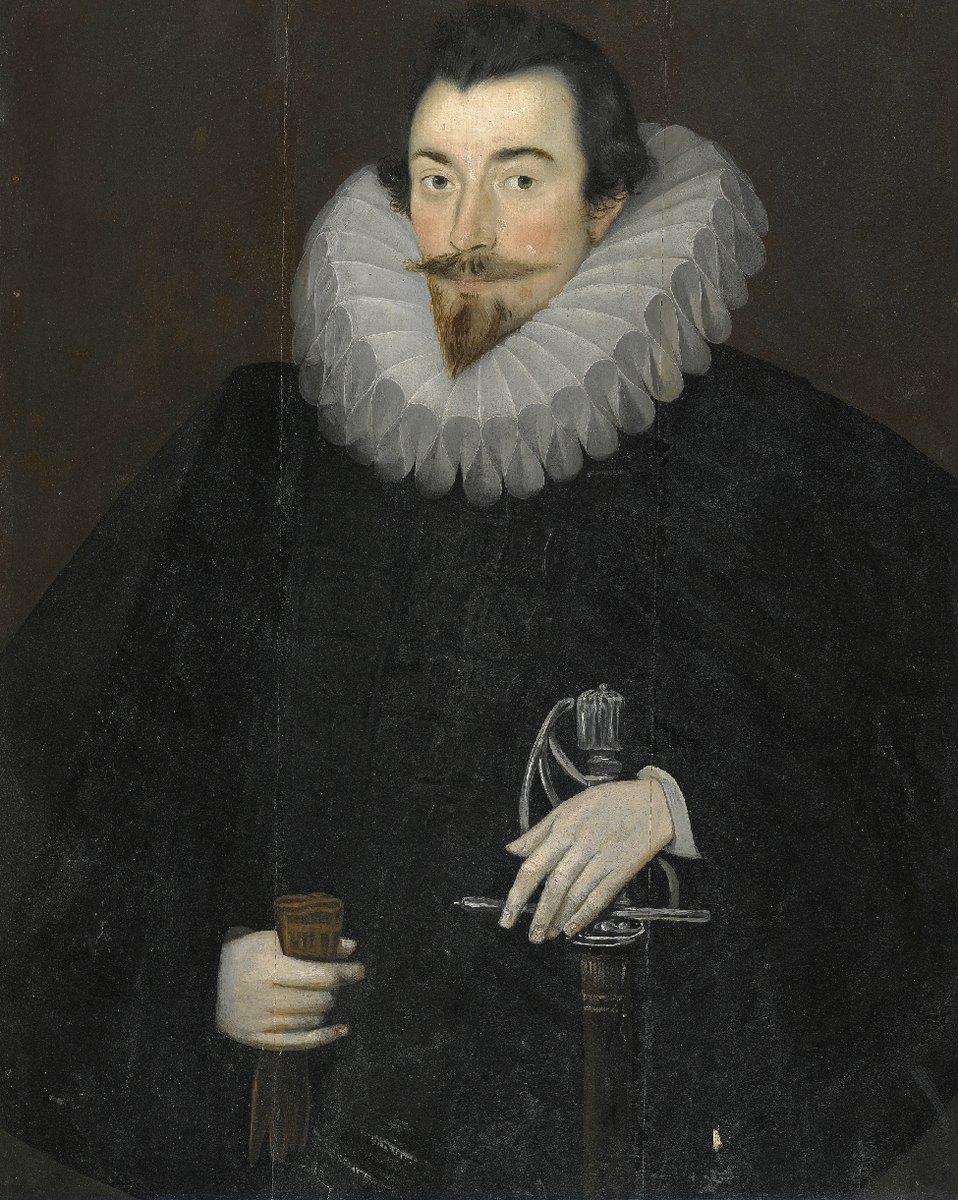
The first flushable toilet was invented in 1592 by Sir John Harrington, godson to Queen Elizabeth I. This mechanism was made watertight with wax and resin, while an upstairs cistern contained the water. When the flush would activate, it would release around 28 litres of water (that’s a lot – modern flushes only use around 6-9 litres).
While Queen Elizabeth herself was quite enthusiastic about the mechanism, the technology remained mostly dormant until 200 years later when Alexander Cummings improved upon the design and patented the first flushing toilet, while also inventing the S-pipe.
The modern toilet

The invention of the S-pipe and patenting of a flushing toilet by Alexander Cumming was a game-changer in the history of sanitation and public health. Before its invention, sewer gas would often escape through toilets, causing unpleasant smells and health hazards. The S-pipe, also known as the “S-trap,” solved this problem by creating a water seal that prevented sewer gas from entering and escaping the toilet bowl. This innovation had significant implications for public health, as it reduced the spread of water-borne diseases and improved overall sanitation.
The S-pipe also paved the way for further advancements in toilet technology. It inspired other inventors to create new and improved toilet designs, one being none other than Thomas Crapper.
While the influence Thomas Crapper had on the development of the modern toilet is often overstated (he did not invent it), he certainly revolutionised the way we think of the toilet.
Thomas Crapper: innovator or full of crap?

Thomas Crapper was born in 1836 in Yorkshire, England. Crapper started his career as an apprentice plumber, then became a sanitary engineer, and finally established his plumbing business in London in the late 1800s. His company, known as Thomas Crapper & Co., was one of the most prominent plumbing firms of the time and was responsible for many of the plumbing innovations that we take for granted today.
Crapper’s most significant contribution to the world of plumbing was his development of the ballcock, a device that regulates the flow of water into a toilet tank. This invention made it possible to create a more efficient and reliable flushing system, leading to the more widespread use of toilets in both public and private settings.
In addition to his technical innovations, Crapper was also a skilled marketer and promoter of his products. He was known for his catchy slogans and advertisements, which helped to popularise the use of indoor plumbing and flush toilets. He was also one of the first to create showrooms for toilets and other home plumbing fixtures, bringing the toilet from something that no one really wanted to talk about into the open.
While the popular myth that he invented the toilet is not true, his legacy lives on as a symbol of the importance of good plumbing and sanitation in the modern world.
The toilets of the future?
The future of toilets is looking smart, with a range of innovative designs in the works. Bill Gates has been advocating for low-cost, high-efficiency toilets to bring effective sanitation to impoverished areas, others are focused on high-tech toilets for home use that pamper users with amenities such as heated seats and built-in bidets.
Some smart toilets are even being designed to offer a window into the health of the people who use them, with discrete sensors and artificial intelligence analysing waste to detect early signs of disease or help people manage chronic conditions.
The challenges to developing and marketing smart toilets include ensuring reliability, ease of use, and privacy protection. However, advocates believe that consumers will embrace smart toilets once they realise the benefits they offer for their health and well-being.
Modern plumbing saves lives: John Snow and the cholera outbreaks of London
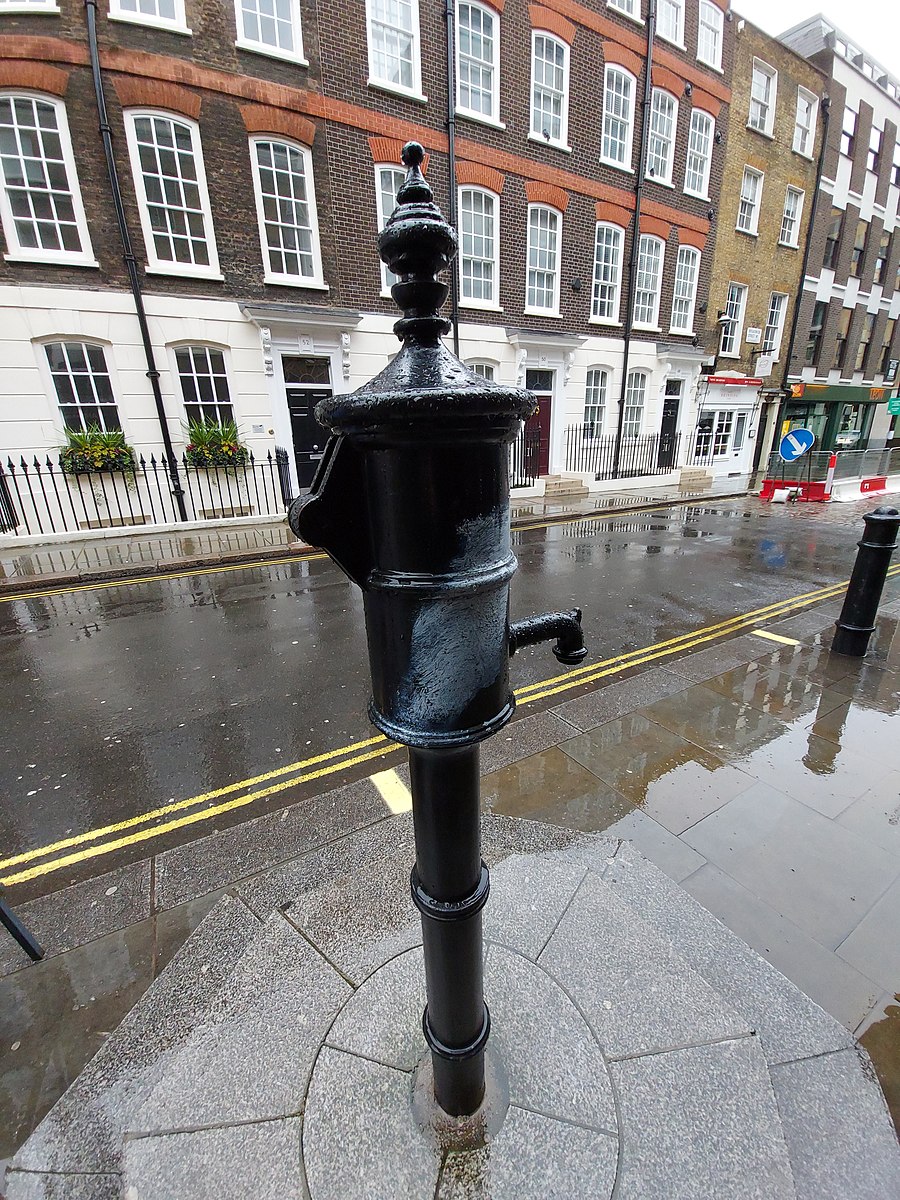
Cholera is a bacterial infection caused by the bacterium Vibrio cholerae. The infection causes severe diarrhoea and vomiting, which can lead to dehydration and death if left untreated. Cholera can spread rapidly in areas with inadequate sanitation and poor plumbing infrastructure and can cause large outbreaks and epidemics.
The cholera outbreaks of London in the 19th century were caused by contaminated water, but it took a long time for the medical community to accept this theory. These outbreaks claimed 10,000 lives in London alone.
Dr. John Snow, an obstetrician, was one of the first to suggest that water contaminated by sewage was the cause of cholera, but his theory was not widely accepted. In 1854, a cholera outbreak in Soho killed 616 people, and Dr. Snow was able to use his research to prove that contaminated water from the Broad Street pump was the source of the epidemic. The origin was supposedly from a woman washing a nappy in the drinking water!
Despite his success in stemming the outbreak, public officials were slow to act on his findings. It was only years later that a German physician, Robert Koch, isolated the bacterium Vibrio cholerae, which confirmed Snow’s theory. Today, Snow is considered the pioneer of public health research and his theories are still used by epidemiologists to track the sources and causes of diseases. This is a problem that modern plumbing has helped solve (thankfully!), yet there are still 1.3 to 4 million cases of cholera each year in poorer countries due to contaminated drinking water.
Contact DCM Plumbing for all your plumbing needs on the Gold Coast
We hope you enjoyed our little history lesson on plumbing! While plumbing may seem like a mundane aspect of modern life, its history is a testament to the ingenuity and resourcefulness of our ancestors. As we continue to face new challenges and opportunities, plumbing will undoubtedly continue to evolve and play a vital role in our lives.
At DCM Plumbing, we are always here to help with any plumbing concerns on the Gold Coast, including blocked drains and leak detection. If you experience any issues or need professional advice, don’t hesitate to reach out. Contact us today.

